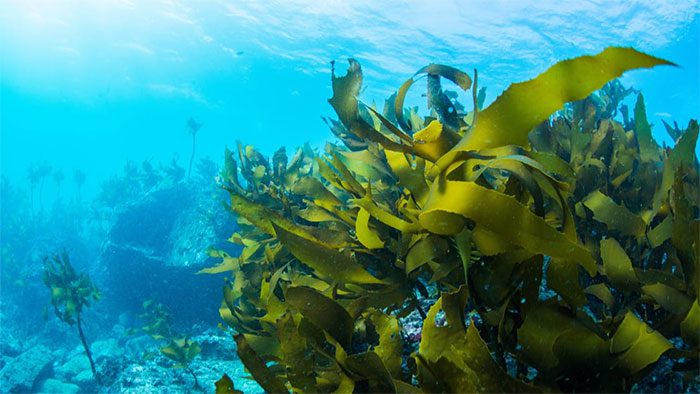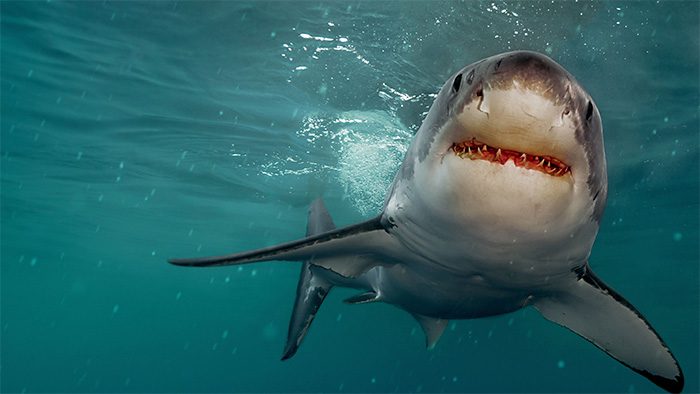How do marine organisms obtain fresh water to sustain life in a saline environment? The answer will surprise you with the wonders of nature!
On Earth, oceans account for 97.2% of water resources, while icebergs and glaciers make up 2.15%, groundwater constitutes 0.31%, and lakes represent 0.009%. The atmosphere (water vapor) holds 0.001%, while rivers and streams only account for 0.0001%. Among these, only freshwater from groundwater, lakes, rivers, and streams is used by terrestrial animals and plants, meaning that the amount of water available on Earth for terrestrial life is less than 1% of the total water supply. So, how do marine organisms survive?
The formation and evolution of life is a delicate process. Since marine organisms cannot directly use seawater, they have undergone a series of continuous evolutionary processes to adapt to their environment, addressing the high salinity of seawater and enabling them to survive in this harsh environment. Different marine organisms adopt various strategies.
Common plants in marine ecosystems include seaweed, which can adapt to high salinity environments. They can extract water and inorganic salts from seawater, utilizing dissolved CO2 and synthesizing necessary organic compounds through their chlorophyll and sunlight to create the organic materials essential for survival.

Seaweed.
For marine fish, survival has led to the evolution of unique filtering organs. Marine fish use chloride-secreting cells in their gills to filter seawater. These chloride-secreting cells act like a microprocessor in the fish’s gills, tasked with analyzing the salt concentration in the water while retaining a sufficient amount of freshwater. Additionally, some fish perform secondary filtration within their bodies, using their cells, liver, and other organs to regulate and reduce excess salt in their bodies. The internal organs can filter a small amount of seawater, just enough to meet their hydration needs. Most fish have a “rectal” structure, and any unrefined water is excreted directly through the anus.

Marine fish have evolved unique filtering organs.
Whales are marine mammals that can swallow seawater directly and then filter it through their specialized kidneys. Their intestines and stomach possess a thick layer of special mucosa that not only filters seawater but also protects the intestines from sharp objects they might ingest. After several layers of filtration and digestion, qualified substances are absorbed and utilized, while unqualified substances are expelled, allowing these massive whales to thrive freely in the ocean.
When sharks excrete, they do not release urine from their bodies; instead, it accumulates beneath their skin.

Shark.
When sharks draw seawater through their skin, salts cannot penetrate due to the osmotic pressure difference created between urea in the brain and seawater inside the shark. The composition of the brain and urea acts like a natural water filtration barrier, allowing sharks to supplement water anytime, anywhere.
Turtles also have a unique filtration method; when seawater enters their bodies, the salts are removed through a special cellular filtration process, accumulating near the tear glands, dissolving in tears, and being expelled.
Seabirds also clean seawater in a manner similar to sea turtles, excreting salt crystals through their nostrils.
The survival of the fittest and the evolution of biodiversity over millions of years have shaped the current ecological environment of Earth.


















































